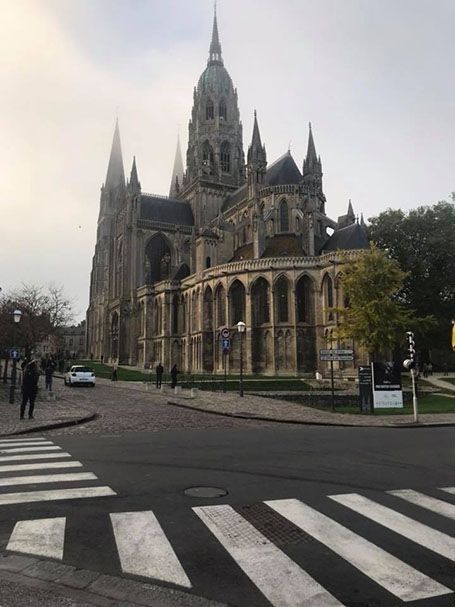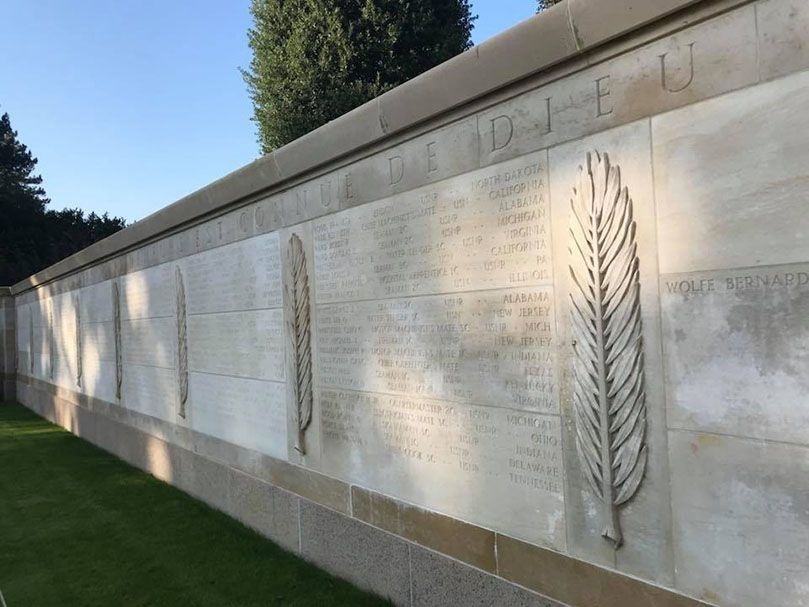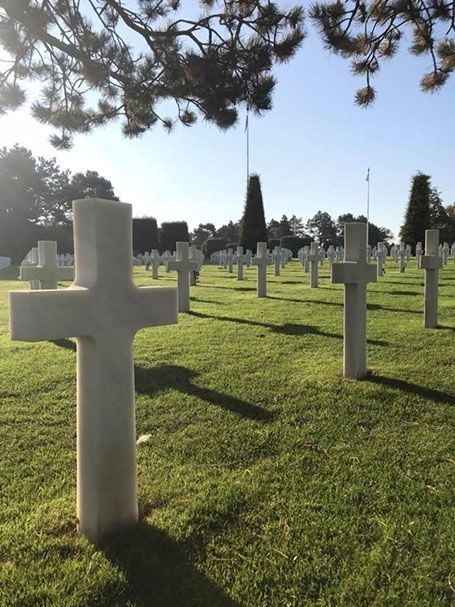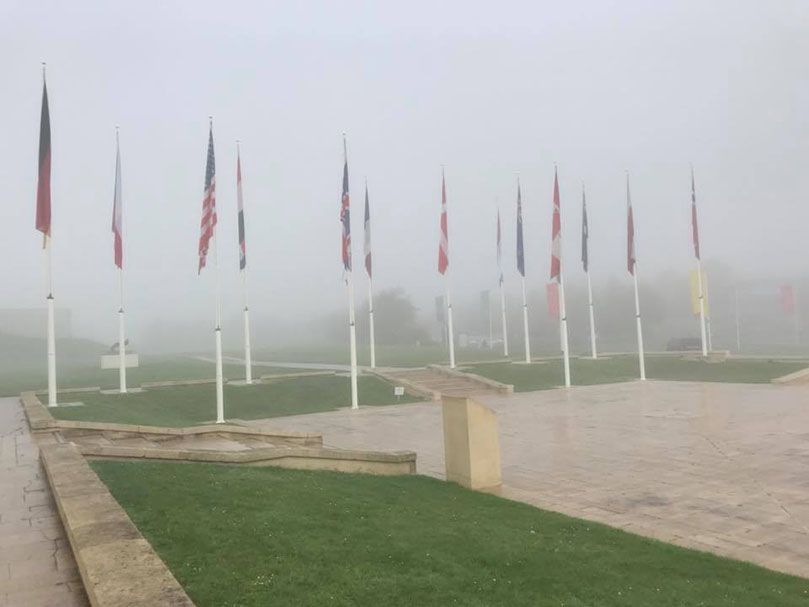A Weekend In History
For just about as long as I can remember I have been learning about World War II. As a younger child you aren’t privy to the intricate details of what happened in Europe in the years before, during, and after the war, just that it was a terrible happening in the vast history of the world. As we grow into adolescence the barriers come down and we are taught more in detail about the horrific genocide that caused many of the countries of the world to come together and fight towards a brighter day, when people would not be persecuted for their religious beliefs, skin color, or lifestyle.
As all of the schools that I have attended up until now have been American, many times our lessons about World War II began with the United States entrance into the war after Pearl Harbor and we learned from there about many of the great battles that the United States Armed Services fought in: Operation Market Garden, the Battle of the Bulge, Iwo Jima, Okinawa, and perhaps the most famous, the D-Day landings on the beaches of Normandy. D-Day marked the great turn around for the Allied forces.
Before leaving America, we were provided with the schedule of excursions CIEE would be taking us on and I was happy to see that one of our excursion sites would be to Normandy. After spending all of those years studying the battle it would be a real honor to see in person the place where thousands of soldiers laid down their lives to protect their country and make the world a better place.
On the (foggy) morning of October 14th, I left Rennes with CIEE to travel for the weekend to a little slice of history. The first place we were visiting on our trip was the Caen Memorial Museum. We had about three and a half hours to visit the museum. It is large and packed full of information and if you were to read and listen to each exhibit you could probably spend all day there. It was incredibly eye opening, even after all the years that I’ve studied World War II I always seem to find something new that I didn’t know. The museum takes you chronologically through the years before and during the war. Then, since the museum is in Normandy, there is a separate part specifically about D-Day and each of the beaches that the Allies landed on.
After visiting the museum, we went to see a film called “Arromanches 360”. The film was clips from D-Day and the Normandy battles after June 6, 1941 leading to the Allies pushing Germany out of France. The interesting part about this film though was that the screen goes all the way around you, hence the 360. So there were images and clips from the war surrounding us on all sides. It was incredibly amazing to watch the images and hear the videos on a large screen. After the movie was finished we descended to one of the D-Day beaches and had free time to wander the beach and see where part of history was made.
We were supposed to visit “batteries allemandes” but because of the heavy fog we were unable to go. Instead, we went to the town of Bayeux and were free to wander around until it was time to go to the hotel. The town hosts an incredible church which we were allowed to enter and tour. As with most cathedrals in France, it was absolutely amazing. My favorite part, however, was being allowed into a crypt underneath the church. It is the oldest part of the church and it dates back to the 11th Century. It was not decorated with its artwork until the 15th Century however, as it was filled in and closed in the 13th century. The pictures I have truly do not do it justice.
The following day, October 15th, we travelled to The American Cemetery. The American Cemetery was what I found the most moving portion of the trip. It was absolutely incredible to see the names of those who lost their lives during the battles in Normandy. Before you enter the actual cemetery you go through a museum that explains more of the war and offers insight into some of the lesser known portions. Leading outside to the cemetery you walk through a hall full of some of the war heroes and the men and women who lost their lives. Over a speaker, a woman reads the names of the soldiers who died in battle.
In the cemetery are rows and rows of crosses and stars of David marking the graves. At one end of the cemetery is the visitor center, and at the other end are two statues, representing the United States and France. In the center is a chapel and the Walls of the Missing. The Walls of the Missing lists the names of those whose bodies were never found, the state they were from, and what branch of the armed forces they served in.
Being able to see Normandy first hand and to add a place to the history that we are all taught from a young age was and is beyond amazing. I’m grateful to have had the opportunity to see it and be able to take the memories with me into my adulthood.
Emily Haglund
Washington & Jefferson College ‘19
Related Posts
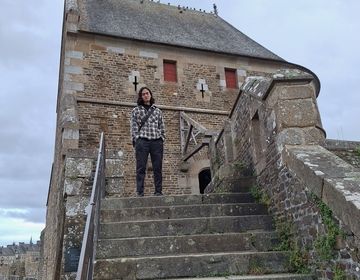
At Home In France
When I came to Rennes for my study abroad, I thought my biggest lessons would come from my university classes—grammar, vocabulary, literature, all that. But honestly, some of the most... keep reading
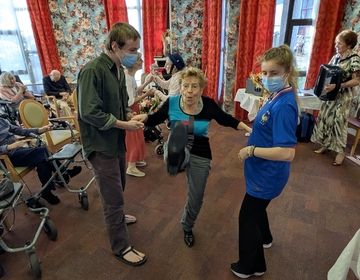
Volunteering in Rennes
“You better hurry up, or we are going to get a timer.” A word to the wise: if you are wanting to volunteer at a retirement home in France, make... keep reading
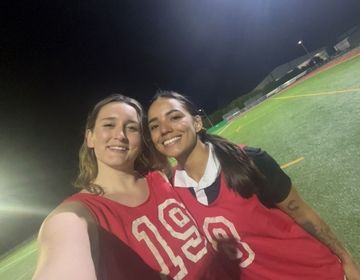
Rugby in Rennes: Playing a Sport Abroad
As I was considering applying for my study abroad program in Rennes, one of my biggest concerns was whether I would fall behind in my sport while I was away... keep reading
